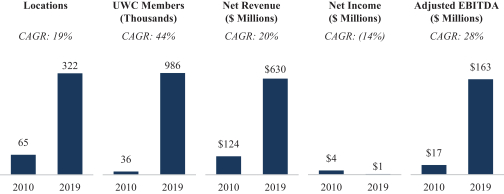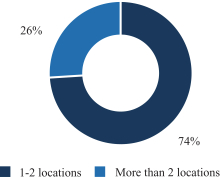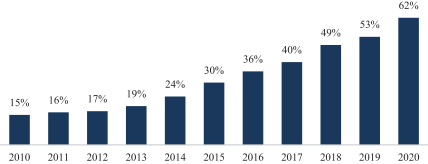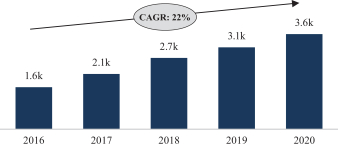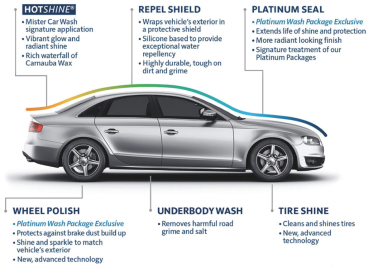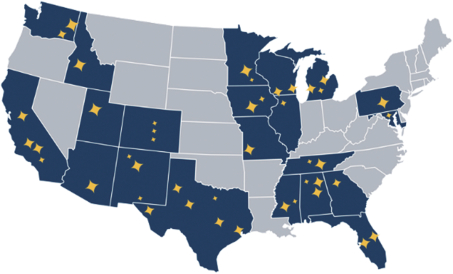The information in this prospectus is not complete and may be changed. We may not sell these securities until the registration statement filed with the Securities and Exchange Commission is effective. This prospectus is not an offer to sell these securities and it is not soliciting an offer to buy these securities in any jurisdiction where the offer or sale is not permitted.
SUBJECT TO COMPLETION, DATED , 2021.
Shares
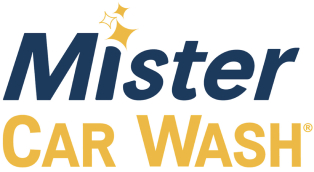
Mister Car Wash, Inc.
Common Stock
This is an initial public offering of shares of common stock of Mister Car Wash, Inc. We are offering shares of our common stock to be sold in the offering.
Prior to this offering, there has been no public market for the common stock. The initial public offering price is expected to be between $ and $ per share. We intend to apply to list our common stock on the under the symbol “MCW”.
The underwriters have an option for a period of 30 days after the date of this prospectus to purchase from time to time, in whole or in part, up to a maximum of additional shares of our common stock from the selling stockholders identified in this prospectus. We will not receive any proceeds from the sale of shares pursuant to the exercise of the underwriters’ option to purchase additional shares from the selling stockholders.
After the consummation of this offering, we expect to be a “controlled company” within the meaning of the corporate governance standards of the .
We are an “emerging growth company” under the federal securities laws and, as such, may elect to comply with certain reduced public reporting requirements. See “Prospectus Summary—Implications of Being an Emerging Growth Company.”
Investing in our common stock involves risk. See “Risk Factors” beginning on page 16 to read about factors you should consider before buying shares of our common stock.
| Per Share | Total | |||||||
| Initial public offering price |
$ | $ | ||||||
| Underwriting discounts and commissions (1) |
$ | $ | ||||||
| Proceeds, before expenses, to us |
$ | $ | ||||||
| (1) | See “Underwriting” for a description of the compensation payable to the underwriters. |
Neither the Securities and Exchange Commission, or the SEC, nor any other regulatory body has approved or disapproved of these securities or passed upon the accuracy or adequacy of this prospectus. Any representation to the contrary is a criminal offense.
Delivery of the shares of common stock will be made on or about , 2021.
| BofA Securities |
Morgan Stanley | Goldman Sachs & Co. LLC | Jefferies |
| (in alphabetical order) | ||||||
| BMO Capital Markets | UBS Investment Bank | |||||
The date of this prospectus is , 2021.

